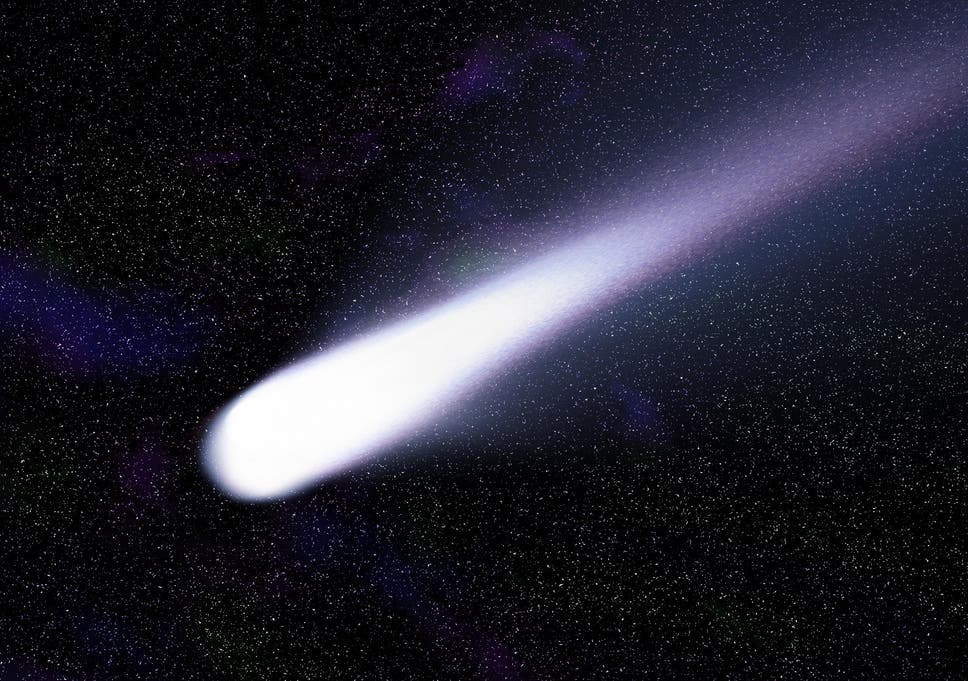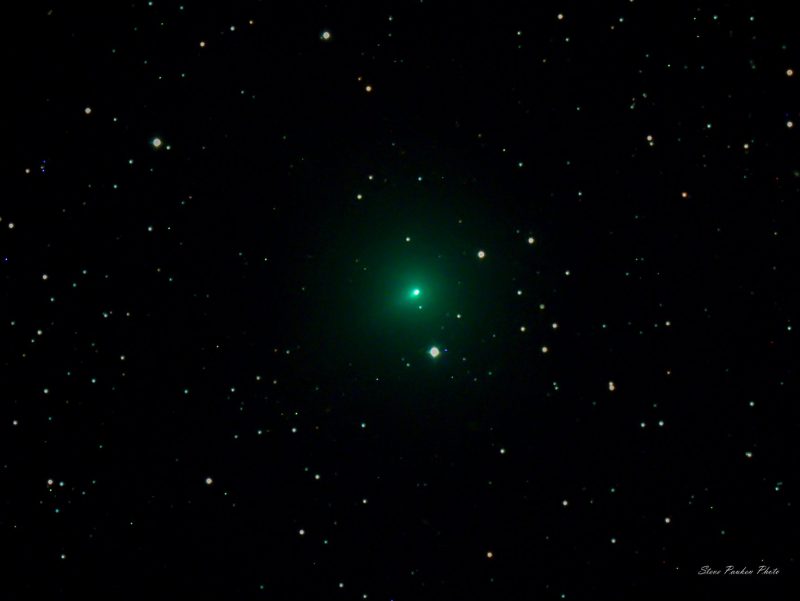
The Drake equation, also known as the Green Bank equation, is used to yield the number of technically advanced civilizations in the Milky Way Galaxy. The equation uses astronomical, biological, and psychological factors to determine this number. The formula was first discussed in 1961 at a conference on the “search of extraterrestrial intelligence”, formulated largely in part by astrophysicist Frank Drake.
The formula states: N = R*fpneflfifcL.
R* is the mean rate of star formation in the galaxy; fp is the fraction of stars with planetary systems.; ne represents the number of planets in such systems that are ecologically suitable for the origin of life; fl is the fraction of such planets on which life in fact develops; fi shows the fraction of such planets on which life evolves to an intelligent form; fc is the fraction of such worlds in which the intelligent life form invents high technology capable at least of interstellar radio communication; and L, shows the average lifetime of such advanced civilizations.
The correct number for each factor is poorly known, and the uncertainty of each variable only grows across the equation. However, the most widely quoted values for each factor are R* = 10/yr, fp = 0.5, ne = 2, fl = 1, fi fc = 0.01. According to these numbers, N should equal 10. Following this, if civilizations destroy themselves within the decade of achieving radio astronomy, then there are no other intelligent life forms in the galaxy with whom we can communicate.








